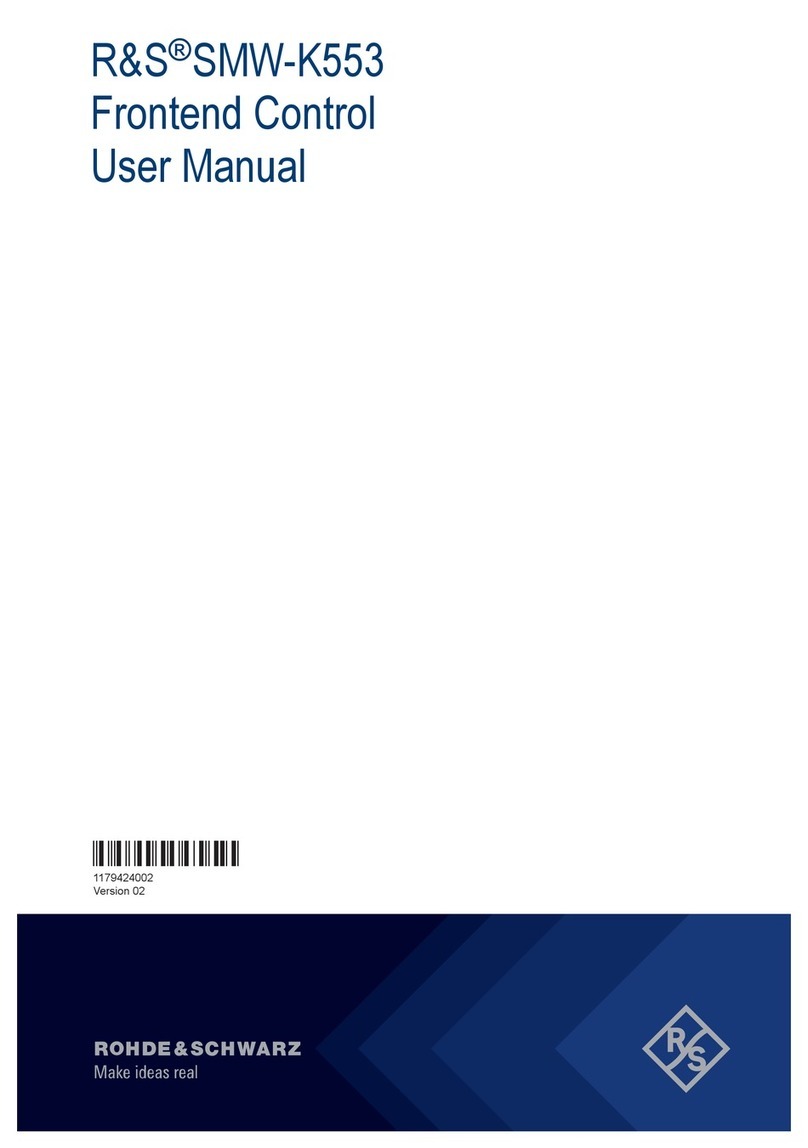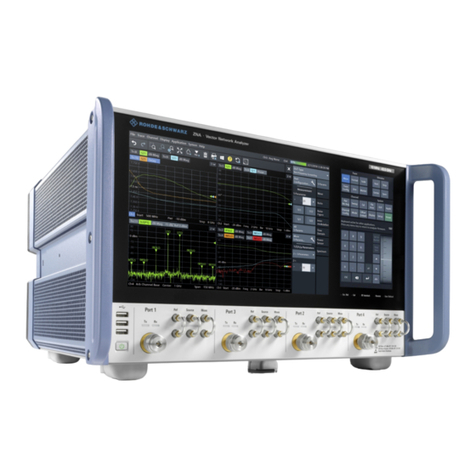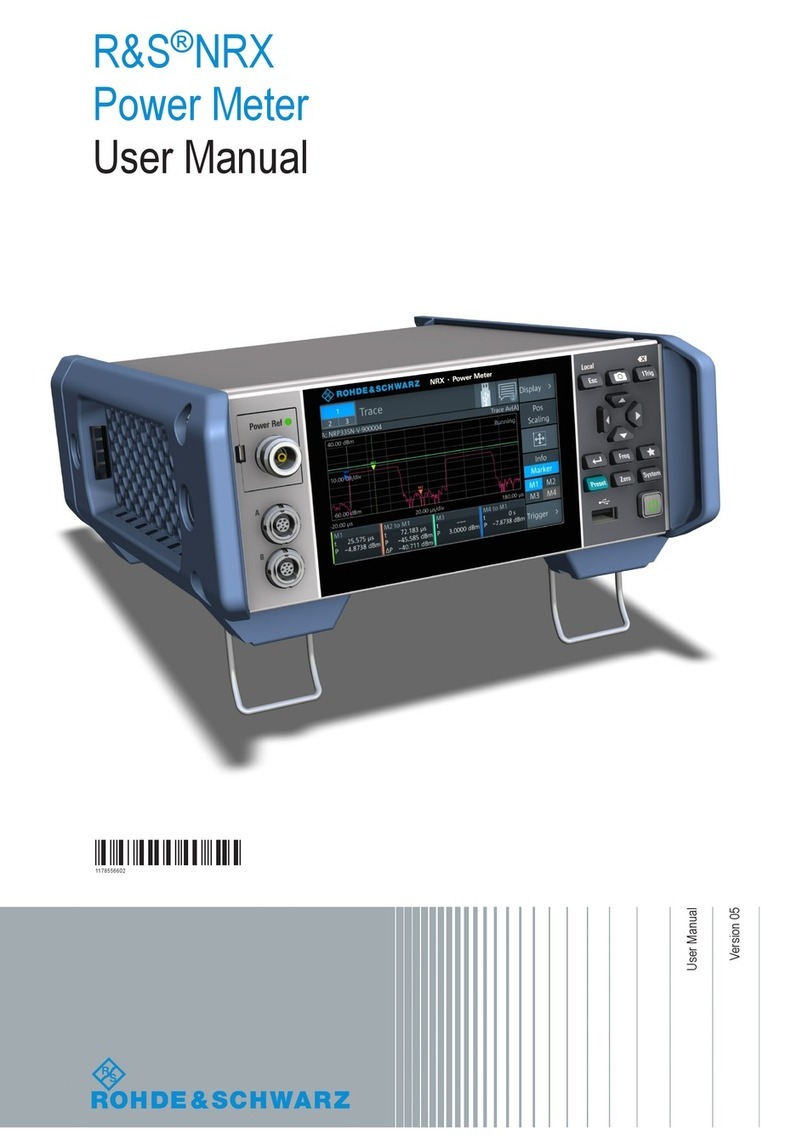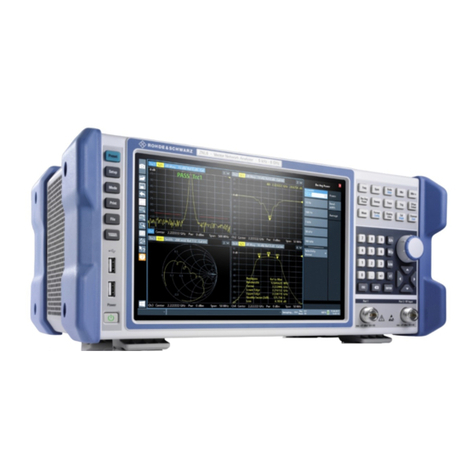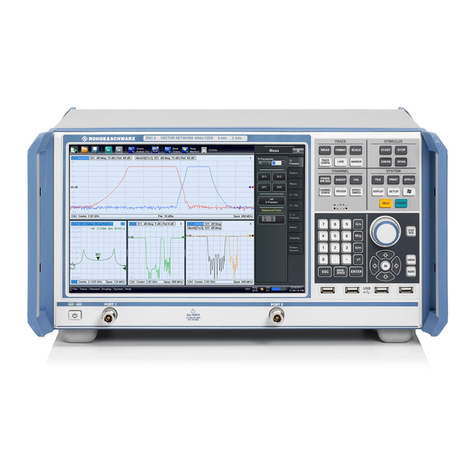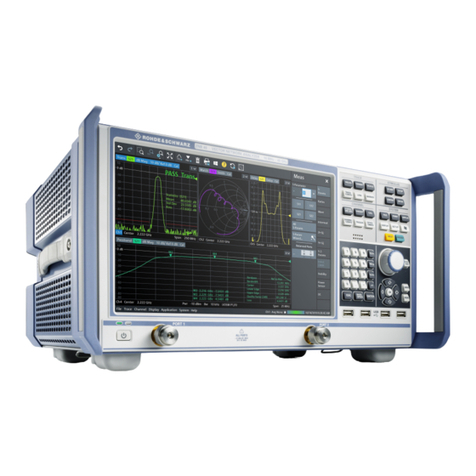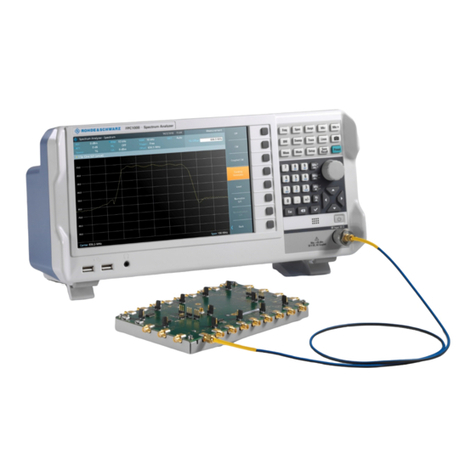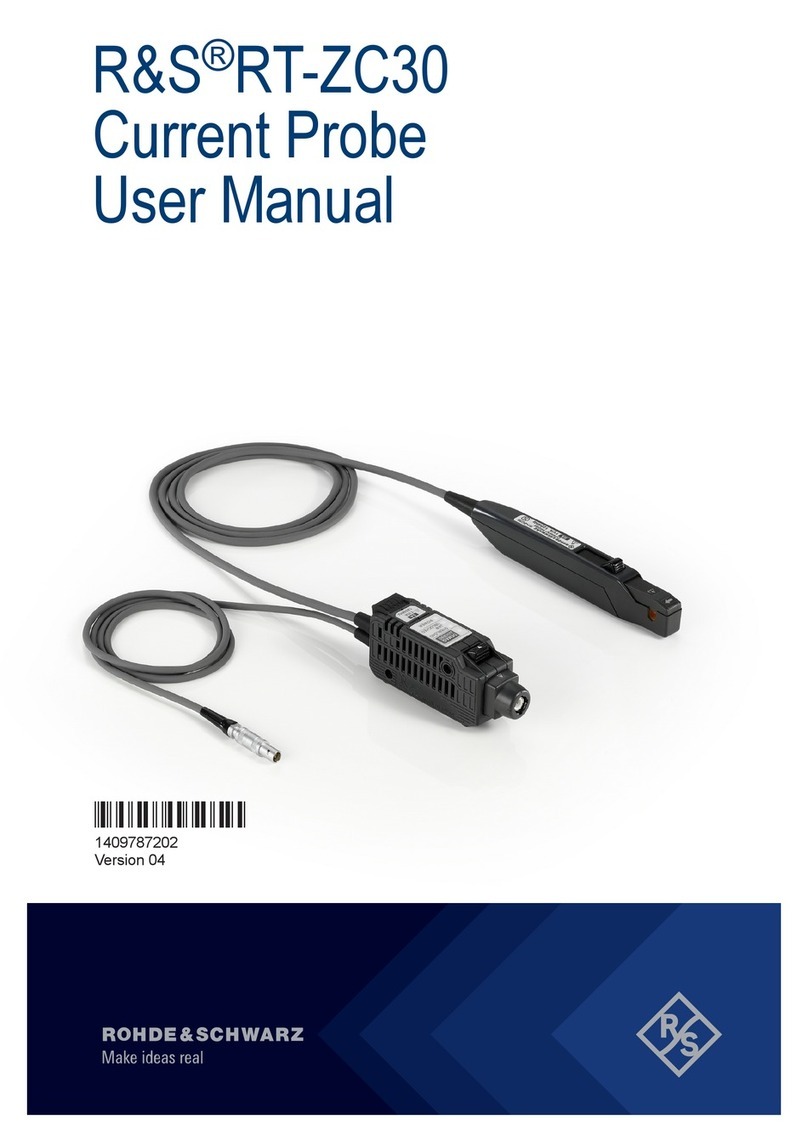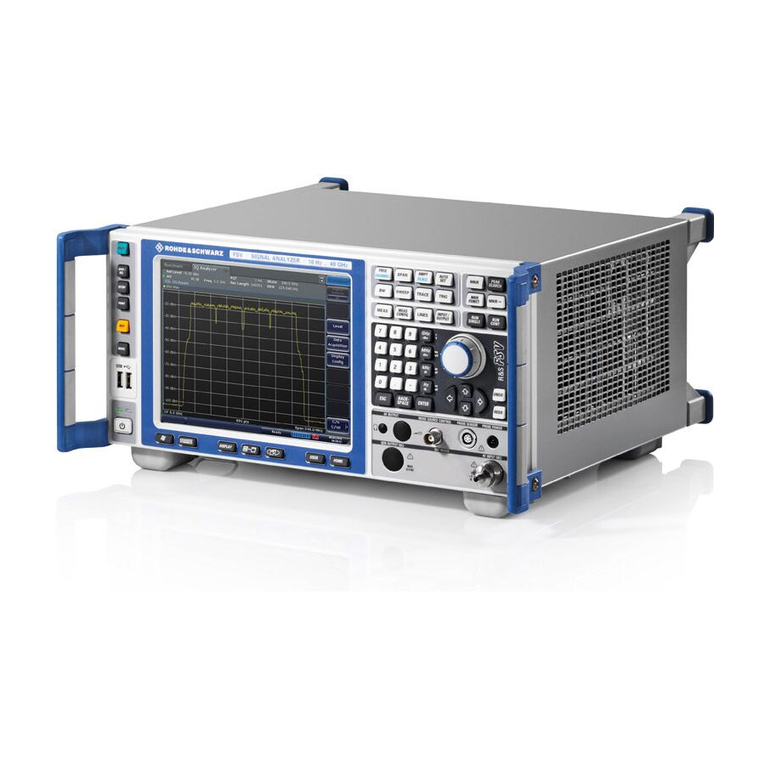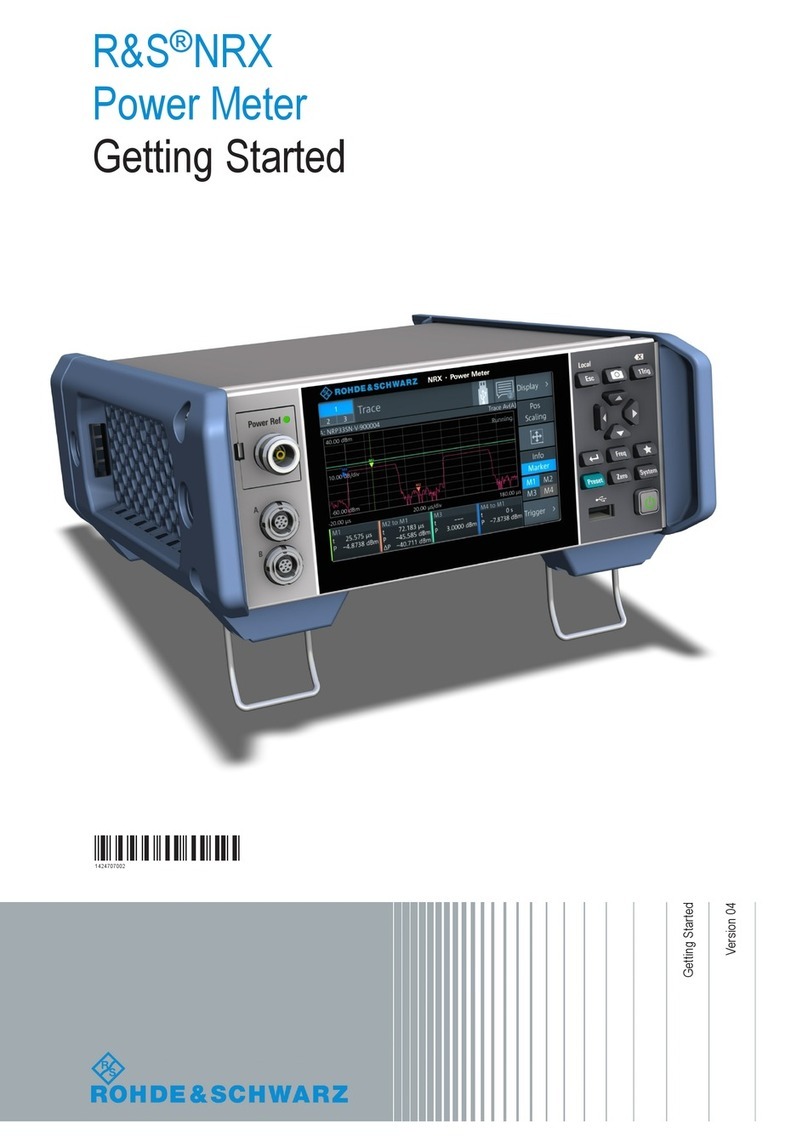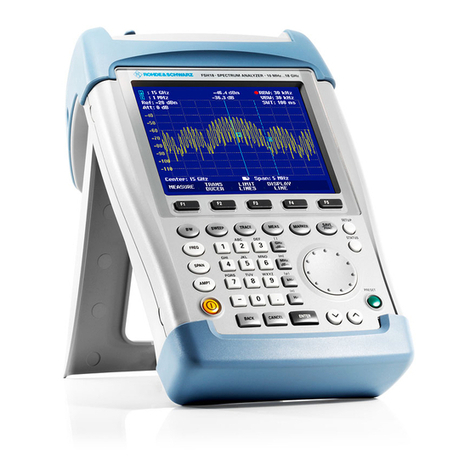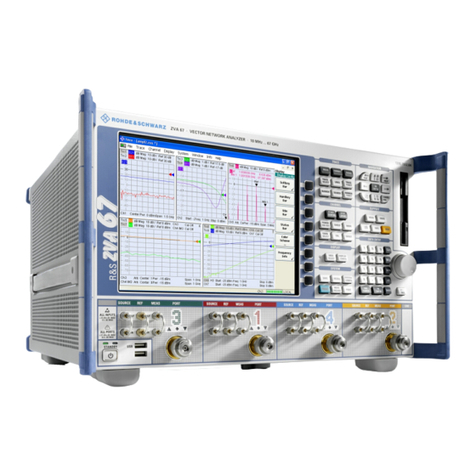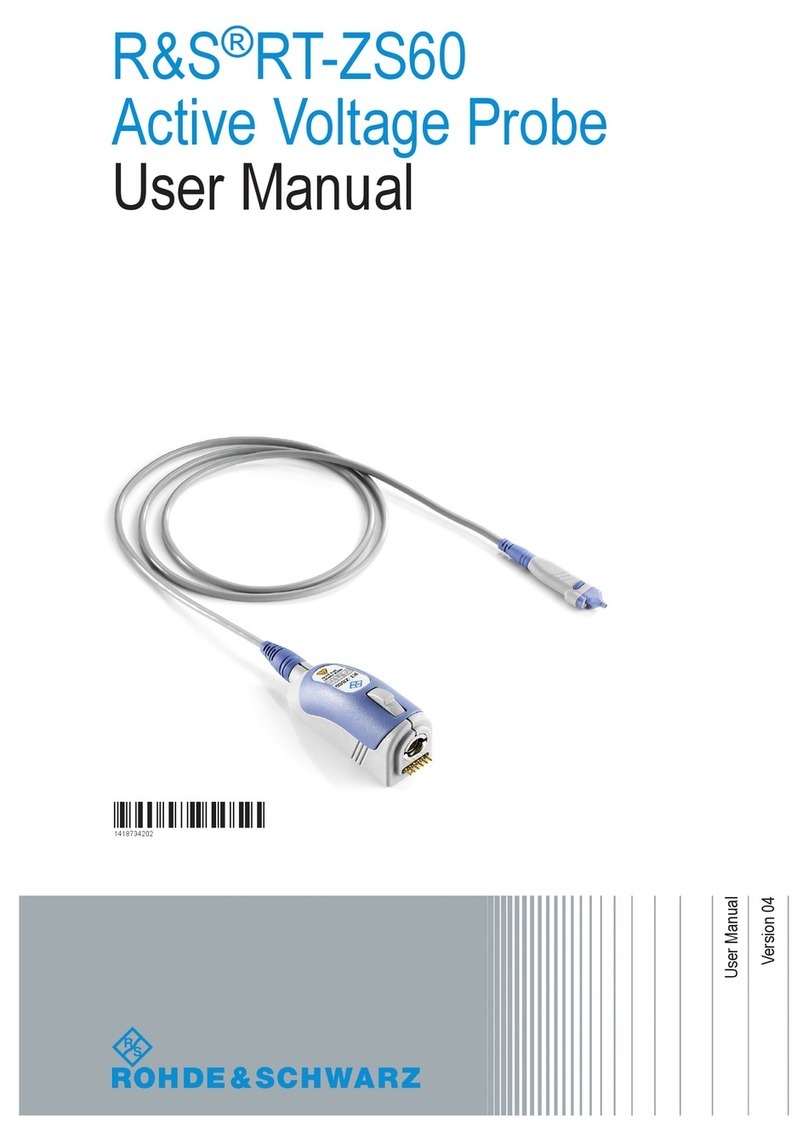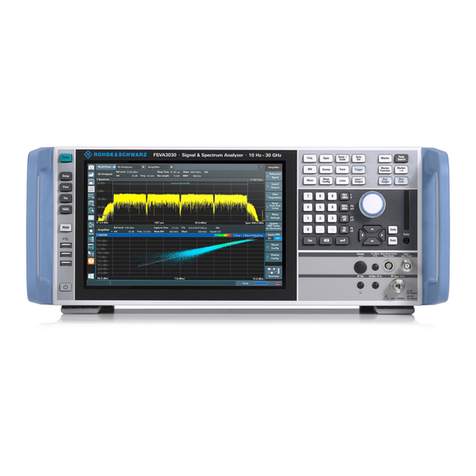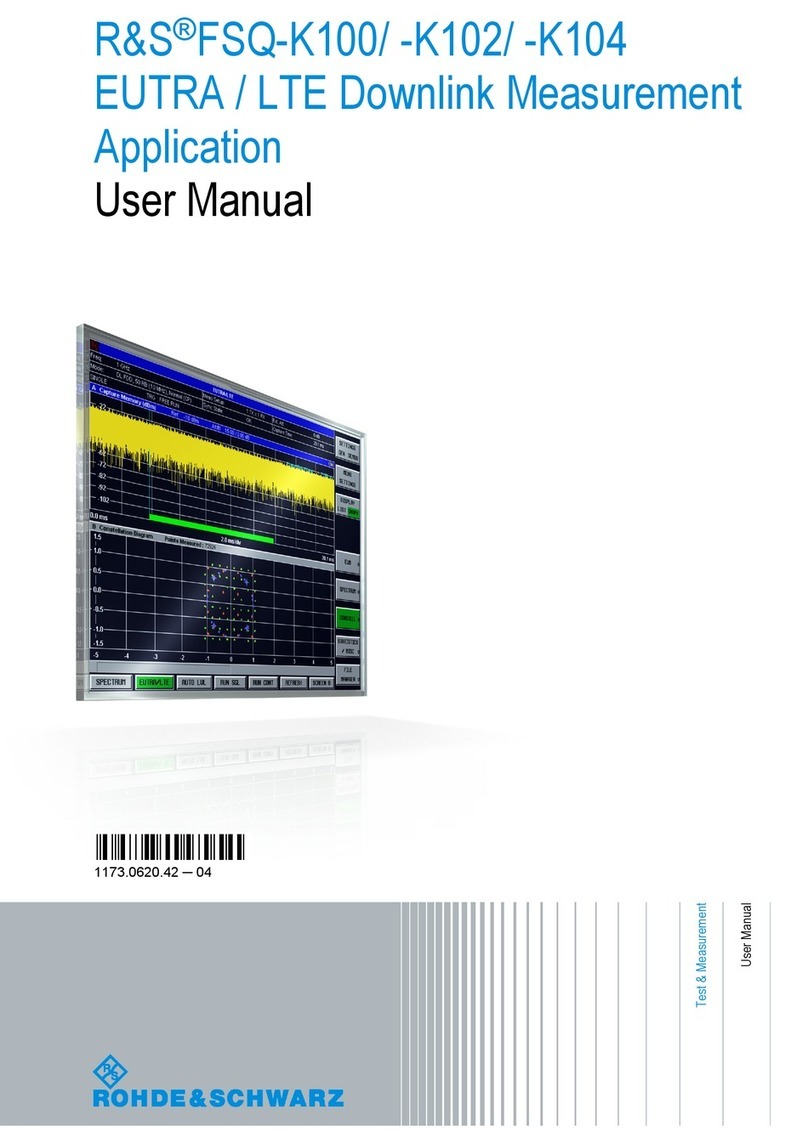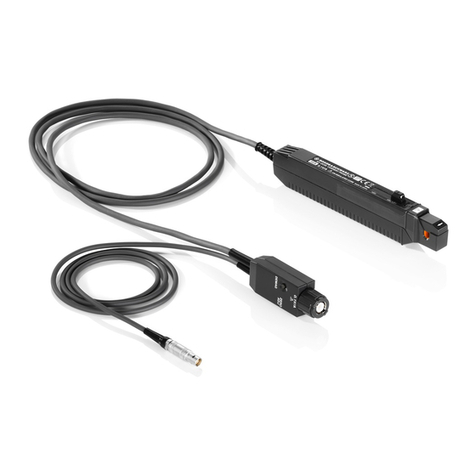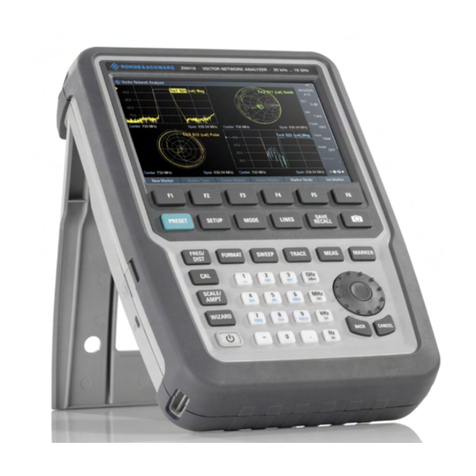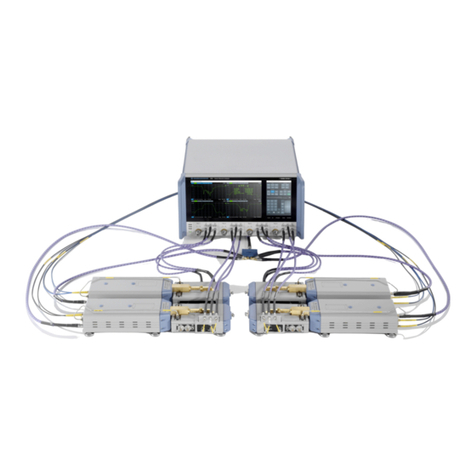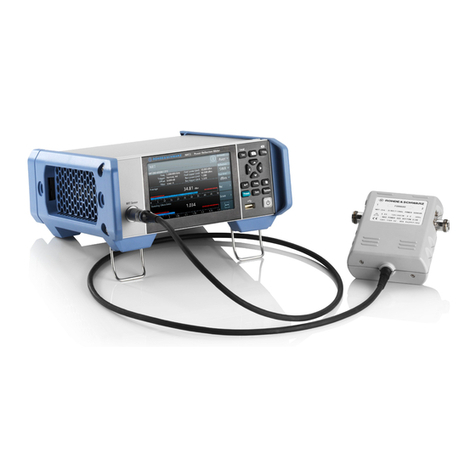
Contents
R&S® DVMS1
4Getting Started 2113.7619.02 ─ 12
3.2.12 TS/IP Interface Module (R&S DVMS-B40)....................................................................24
4 Connecting the Instrument................................................................. 26
4.1 Connecting to the AC Power Supply.........................................................................26
4.2 Connecting External Devices.....................................................................................26
5 Switching On or Off the Instrument................................................... 28
5.1 Switching On the Instrument..................................................................................... 28
5.2 Switching Off the Instrument..................................................................................... 29
5.3 Checking the Provided Software Options................................................................ 29
6 Sample Application..............................................................................30
6.1 Requirements.............................................................................................................. 30
6.2 Setting Up the R&S DVMS..........................................................................................30
6.3 Creating a Basic Configuration................................................................................. 31
6.4 Checking the TS Synchronization............................................................................. 31
6.5 Performing the Measurement.................................................................................... 32
6.5.1 Checking the Gross Bit Rate of the Connected TS.......................................................32
6.5.2 Checking the Net Bit Rate of the Connected TS...........................................................33
6.5.3 Activating the Monitoring Error for TS Bit Rate Monitoring........................................... 35
6.5.4 Checking the Content of the PSI Table PAT..................................................................36
7 Operating the R&S DVMS in a LAN.................................................... 38
7.1 Connecting the R&S DVMS to the Network.............................................................. 39
7.2 Connecting the R&S DVMS to a Computer...............................................................39
7.2.1 Windows 7 Operating System.......................................................................................39
7.2.2 Other Operating Systems..............................................................................................40
7.3 Configuring the Network Card................................................................................... 40
7.4 Firewall Settings..........................................................................................................41
7.5 Configuring the Simple Network Management (SNMP) Agent................................41
8 Installed Software................................................................................ 42
8.1 Operating System....................................................................................................... 42
8.1.1 Login............................................................................................................................. 42
8.1.2 Windows 7 Start Menu.................................................................................................. 43
8.2 Additional Software.................................................................................................... 43
8.3 Backup and Restore of the System Partition........................................................... 43












